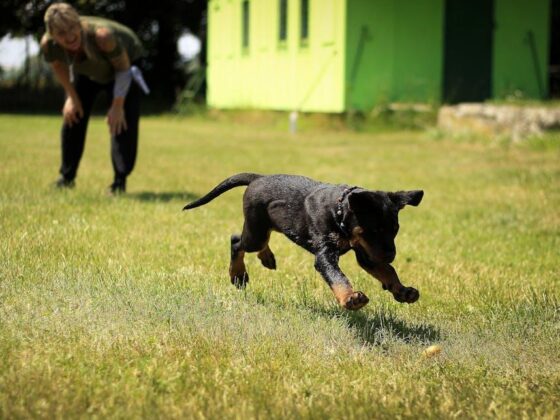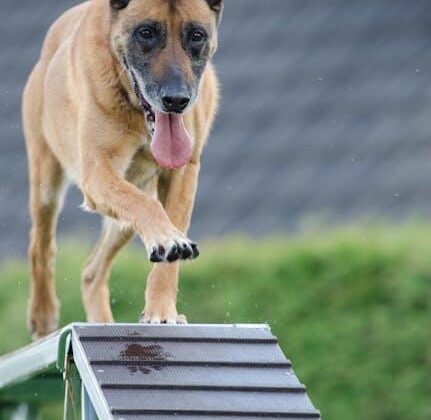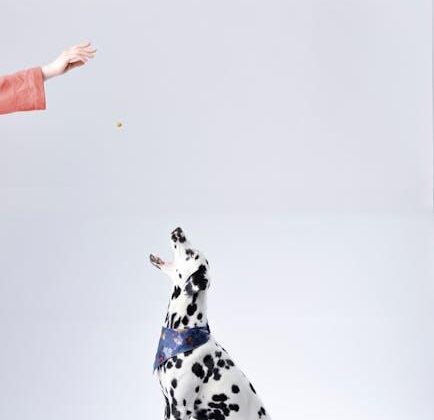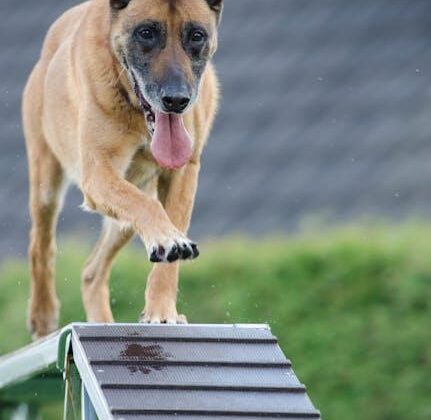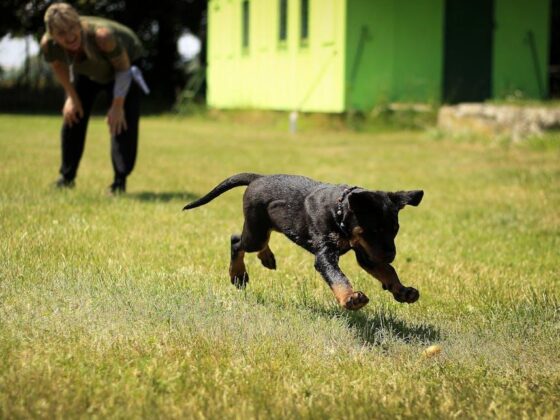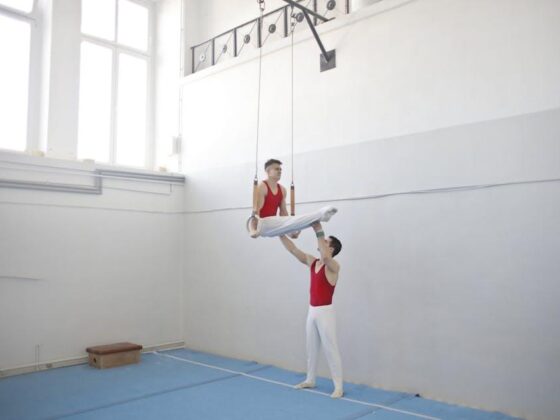end.
Mastering the Art of Pet Training: Tips and Tricks for a Well-Behaved Companion
Having a well-behaved pet can make all the difference in your life. A well-mannered furry friend can bring joy, companionship, and peace of mind to your home. However, training a pet can sometimes be a challenging task. It requires time, patience, and consistency. But fear not, with the right tips and tricks, you can master the art of pet training and have a well-behaved companion in no time.
1. Start Early
The key to successful pet training is starting early. Whether you have a puppy, kitten, or an older pet, it's never too late to start training. The earlier you start, the more effective your training will be. Young animals are like sponges and can quickly pick up on commands and behaviors. Be sure to start training as soon as you bring your new pet home.
2. Use Positive Reinforcement
One of the most effective ways to train your pet is through positive reinforcement. This means rewarding your pet for good behavior with treats, praise, or playtime. When your pet learns that good behavior results in positive rewards, they will be more likely to repeat that behavior in the future. Make sure to praise and reward your pet immediately after they exhibit the desired behavior.
3. Be Consistent
Consistency is key when it comes to pet training. Make sure everyone in your household is on the same page when it comes to training your pet. Use the same commands, rewards, and routines to ensure your pet understands what is expected of them. Consistency will help your pet learn faster and make training more effective.
4. Set Clear Expectations
It's important to set clear expectations for your pet. Make sure your commands are clear and easy to understand. Use short, simple commands like sit, stay, and come. Be patient and consistent when teaching your pet new commands. Repeat the command in a calm, firm voice until your pet understands what is expected of them.
5. Use Training Tools
There are many tools available to help you train your pet. From clickers to treats to training collars, there are a variety of tools that can aid in your training efforts. Choose the tools that work best for you and your pet and use them consistently to reinforce good behavior.
6. Practice Patience
Training a pet takes time and patience. It's important to remain calm and patient throughout the training process. Remember that your pet may not learn overnight and that it's okay to make mistakes. Stay positive and keep working with your pet until they master the desired behavior.
7. Seek Professional Help
If you are having trouble training your pet, don't be afraid to seek professional help. There are many pet training classes, trainers, and resources available to help you and your pet succeed. A professional trainer can provide guidance, support, and personalized training plans to help you achieve your training goals.
FAQs
Q: How long does it take to train a pet?
A: The time it takes to train a pet varies depending on the pet's age, breed, and temperament. Some pets may pick up on training quickly, while others may take more time. Consistency, patience, and positive reinforcement are key factors in successful pet training.
Q: What if my pet is not responding to training?
A: If your pet is not responding to training, it's important to reassess your training methods and techniques. Consider seeking help from a professional trainer who can provide personalized guidance and support. Remember that every pet is unique, and training may take time.
Q: Is it too late to train an older pet?
A: It's never too late to train an older pet. While younger animals may pick up on training more quickly, older pets can still learn new behaviors and commands. Be patient, consistent, and positive when training an older pet, and they will eventually learn.
In conclusion, mastering the art of pet training requires time, patience, and consistency. By starting early, using positive reinforcement, setting clear expectations, and seeking professional help when needed, you can have a well-behaved companion in no time. Remember to practice patience, remain calm, and enjoy the journey of training your pet to be the best companion they can be.




